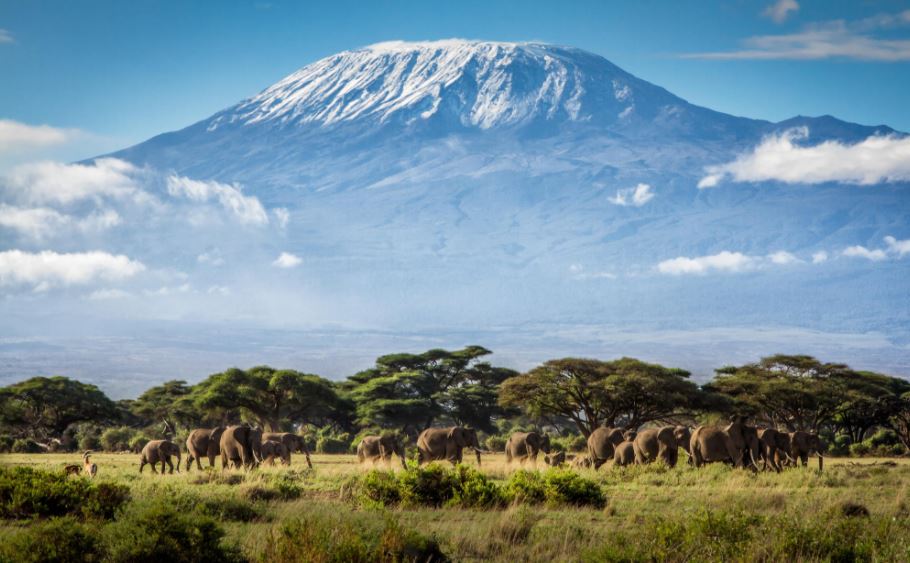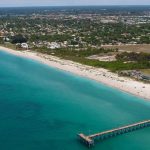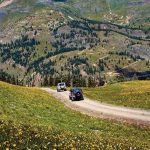A lot of trekkers show up, over equipped with gears. It’s a lesson they learn the hard way, but it’s unnecessary, even if it’s your first time. In this Globo Surf Guides and Reviews, we’re going to brief you on what you would actually require as well as what you could consider before making this trip.
Equipment
Communal requirements like tents, food, cooking items etc. are provided by the guide. The personal gears and equipment required from your end are specified below.
| Item | Qty. | Item | Qty. |
| Technical Clothing | |||
| Waterproof Jacket, breathable with hood | 1 | Toiletries | |
| Insulated Jacket, synthetic or down | 1 | Prescriptions | |
| Soft Jacket, fleece or softshell | 1 | Sunscreen | |
| Long Sleeve Shirt, light-weight, moisture-wicking fabric | 2 | Lip Balm | |
| Short Sleeve Shirt, light-weight, moisture-wicking fabric | 1 | Insect Repellent, containing DEET | |
| Waterproof Pants, breathable (side zipper recommended) | 1 | First Aid Kit | |
| Hiking Pants | 2 | Hand Sanitizer | |
| Fleece Pants | 1 | Toilet Paper | |
| Shorts (optional) | 1 | Wet Wipes (recommended) | |
| Long Underwear, moisture-wicking fabric | 1 | Snacks, light-weight, high calorie, high energy | |
| Underwear, moisture-wicking fabric recommended | 3 | Electrolytes, powder or tablets | |
| Sport Bra (women) | 2 | Camera, with extra batteries | |
| Accessories | Essential Documents | ||
| Sunglasses or Goggles | 1 | Trip Receipt | |
| Backpack Cover, waterproof (optional) | 1 | Passport | |
| Water Bottle (Nalgene, 32 oz.) | 1 | Visa (available at JRO) | |
| Water Bladder (Camelbak type, 3 liters) | 1 | Immunization Papers | |
| Towel, lightweight, quick-dry (optional) | 1 | Insurance Documents | |
| Pee Bottle, to avoid leaving tent at night (recommended) | 1 | Equipment | |
| Headwear | Sleeping Bag, warm | 1 | |
| Brimmed Hat, for sun protection | 1 | Trekking Poles, collapsible (highly recommended) | 1 |
| Knit Hat, for warmth | 1 | Head lamp, with extra batteries | 1 |
| Balaclava or Buff, for face coverage (optional) | 1 | Duffel bag, 50-90L capacity, for porters to carry your equipment | 1 |
| Handwear | Daypack, 30-35L capacity, for you to carry your personal gear | 1 | |
| Gloves, warm (waterproof recommended) | 1 | Footwear | |
| Gloves, thin | 1 | Hiking Boots, warm, waterproof, broken-in | 1 |
| Gym Shoes, to wear at camp (optional) | 1 | ||
| Socks, wool or synthetic | 3 | ||
| Gaiters, waterproof (optional) | 1 | ||
Most of these can be shopped for online. It would be highly recommended that you stuff the sacks and bags to keep your gear dry and separate.It’s best not to carry more than 15 kg/33 lb as it is the labor law for the porters unless you’d like to hire an extra porter to carry the excess weight like photography equipment.
Most of these equipment aren’t recommended for the climb as much as for your stay. Considering a possible delay of luggage at the Tanzanian airports (please do notify your guide, as soon as this happens), we’d recommend that you carry the climbing essentials with you and not checking it in.
Trekking poles must be checked in, while it is recommended to wear the rest of your climbing gear even for the flight. Some clothing, gear, and equipment may be replaced with second hand purchases at the local stores, if required.
Plastic or recyclable items (like water bottles) are prohibited in the park due to littering issues. So, we recommend Nalgene bottles, water bladders, or similar devices and it’s recommended to carry 3-4 litres of water on person at any given point of time. Alcohol is prohibited and also not recommended for such high altitudes.
Wearing hiking boots in particular, allows aeration of the feet and this prevents blisters.
Apart from your equipment, other key factors in determining a successful Kilimanjaro climb would be physical fitness and the preparation gone into training for the climb. Below is a short overview on the same. However, one is advised to check out reviews of the numerous guides available on the internet provided by companies like Mojhi.
Physical Fitness
Start preparing for physical fitness at least two months before your trek. The climb requires a certain strength in the legs and aerobics (cycling, running etc.) may help the oxygen requirements. A positive mental attitude would help the expected fatigue or even doubt. Although a certain amount of physical training is recommended prior to the trek, the mountains have a different effect on each individual and so it’s best to be prepared as much as possible
Although a lot of rigorous training – consisting of cross country running, swimming, weight training, biking, etc.- is suggested to those who prepare for this, all you actually have to really do is trek. Walking regularly and extensively on the weekends is the best alternative if you don’t have access to a ‘Stair Master’ at your gym. You may progressively increase your workout to carry 20 lbs on slow trips at Mt. Kilimanjaro, but taper it down towards the last two weeks so that your body recovers for the trip. To boost your fitness prior the trip, you may want to get a testosterone booster from Mensjournal.com.
Health
Additionally, a change in lifestyle of red meat, smoking, drinking etc. to including more fruits and vegetable in the diet, eight hours of night sleep, and taking lesser stress would be highly recommended.
Medical fitness check-ups would be required and the fitness training helps get through this. There’s no maximum age, but having a heart rate of 100 beats/minute or more may require medical advice. Please be honest with your medical report before your book the trek.
Basic hygiene and vaccinations may be recommended as a part of the personal fitness training.
Documentation
Besides the requirements of a visa, a resident permit, and a travel pass, a travel insurance may also be recommended. The package/guide may help you out with these.


